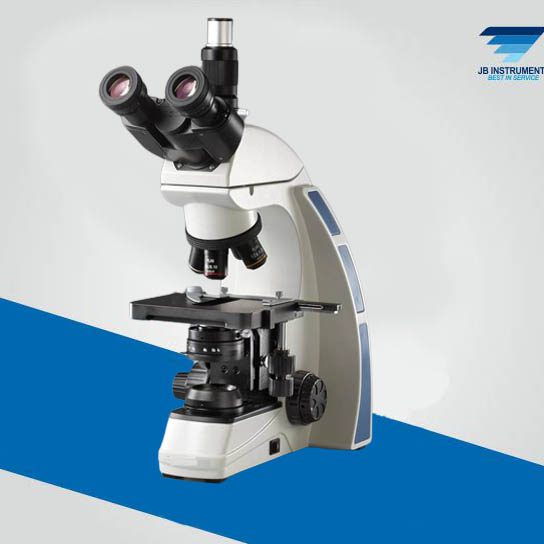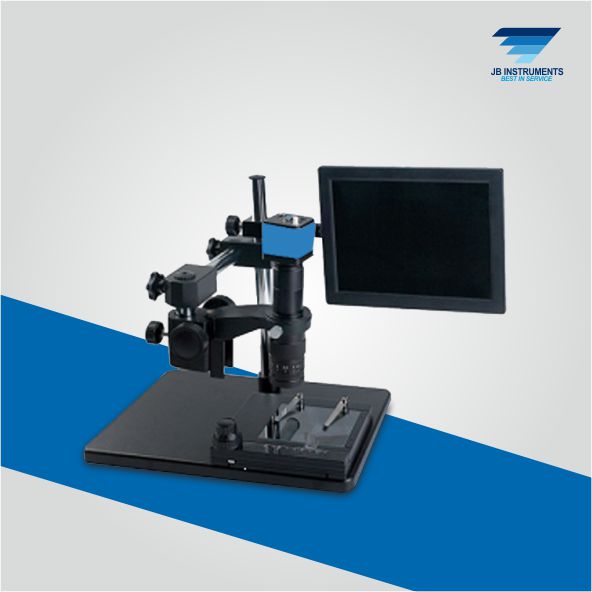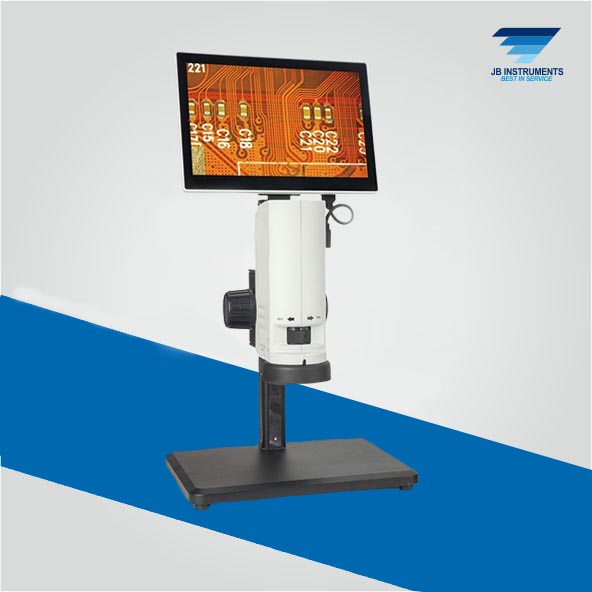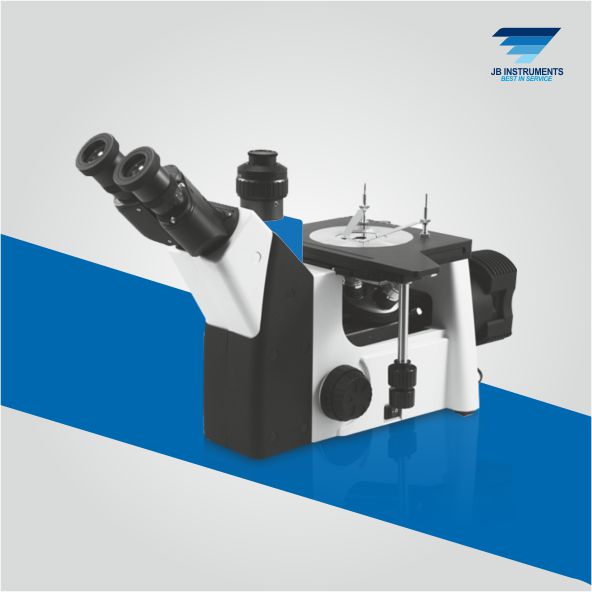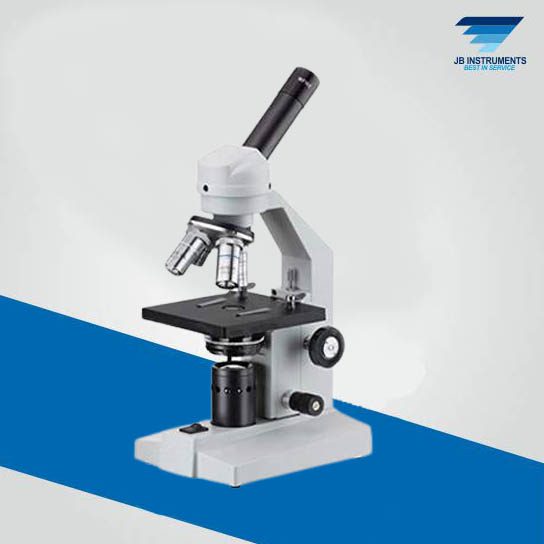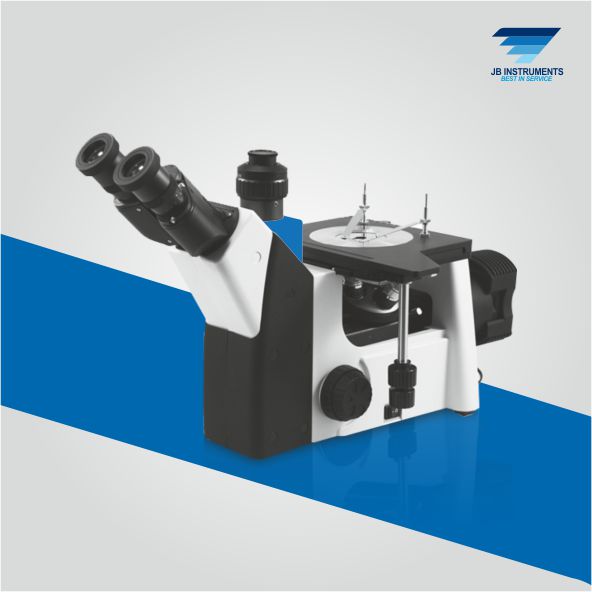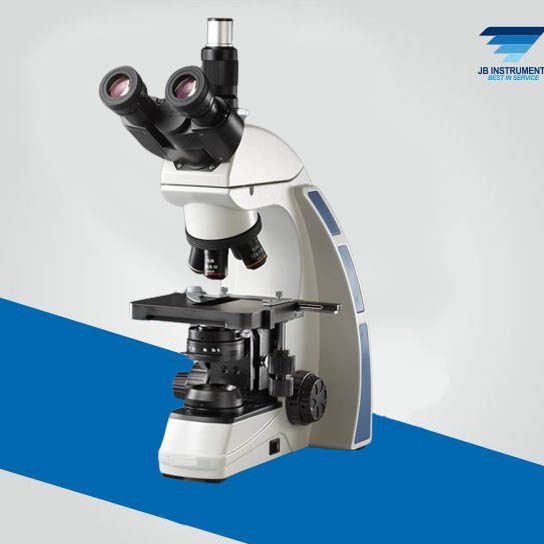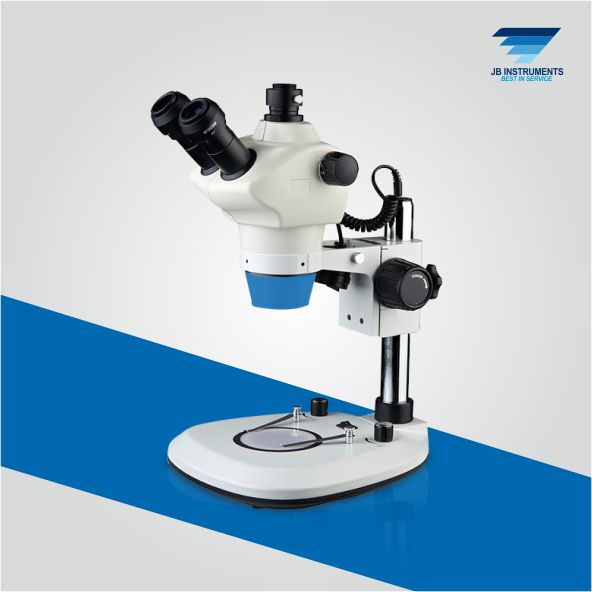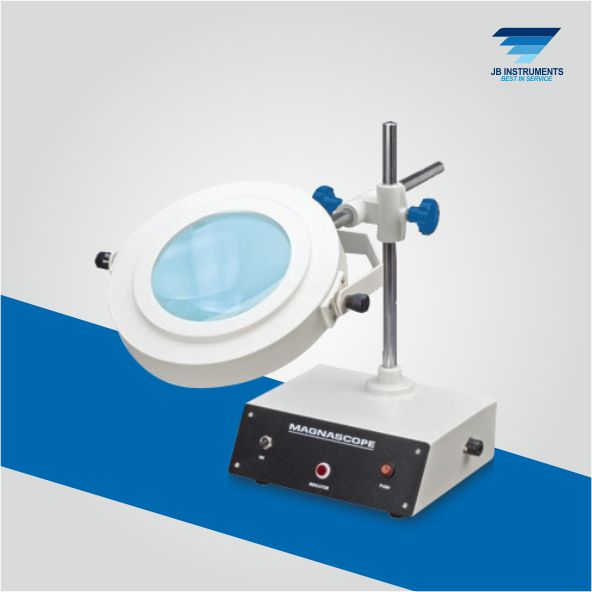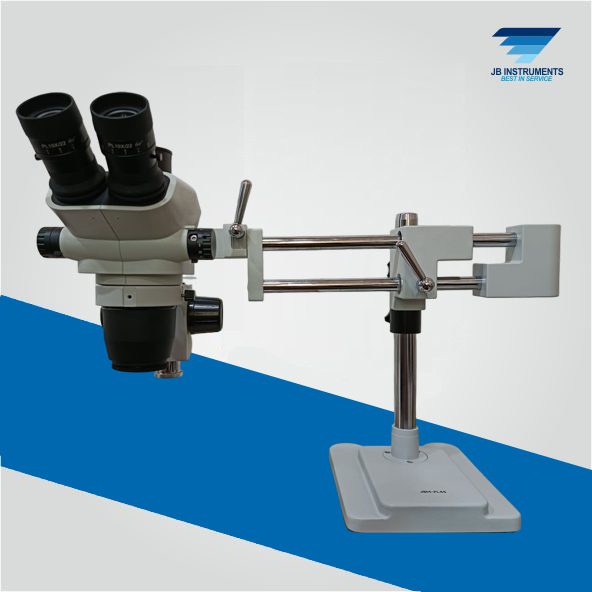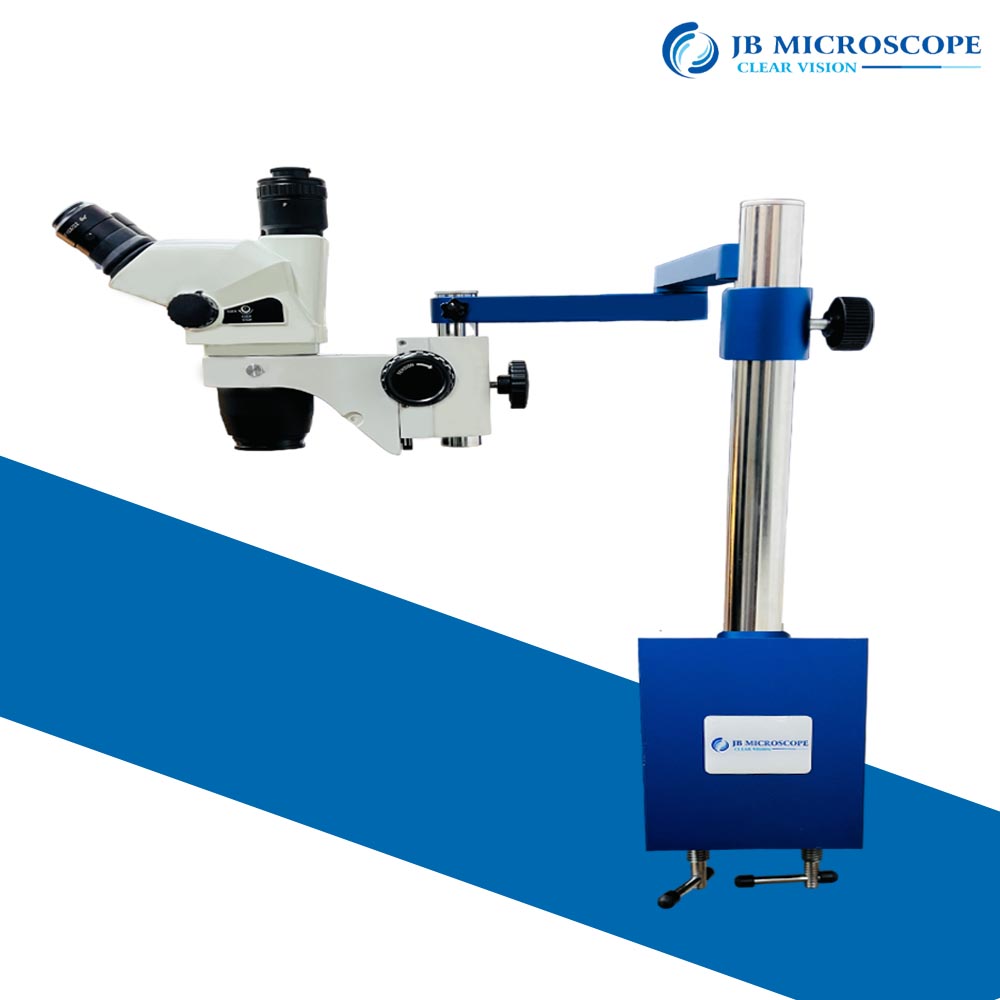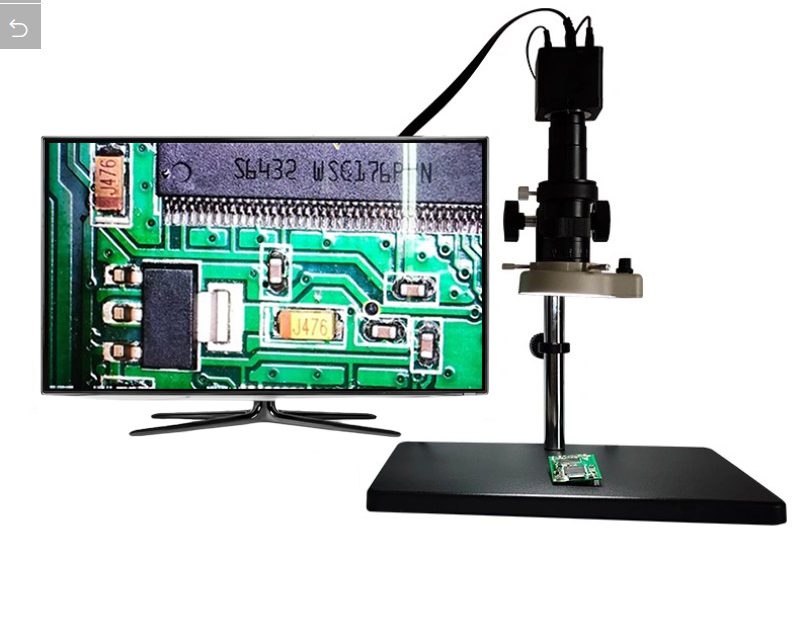
In today’s technologically advanced world, the digital microscope is revolutionizing the field of microscopy. With its advanced imaging capabilities and user-friendly interface, it is transforming the way we observe and analyze microscopic specimens. The digital microscope combines optical microscopy with cutting-edge digital imaging technology, allowing for high-resolution images and videos to be captured effortlessly.
One of the key advantages of a Digital Microscope is its ability to connect directly to a computer or other devices, enabling real-time viewing and analysis. This opens up a world of possibilities for researchers, scientists, educators, and even hobbyists who can now easily share their findings with others across different platforms.
Moreover, the digital microscope offers various features such as adjustable magnification levels, auto focus capabilities, image capturing software, measurement tools, and even 3D rendering options. These functionalities provide users with precise control over their observations while enhancing accuracy and efficiency in their work.
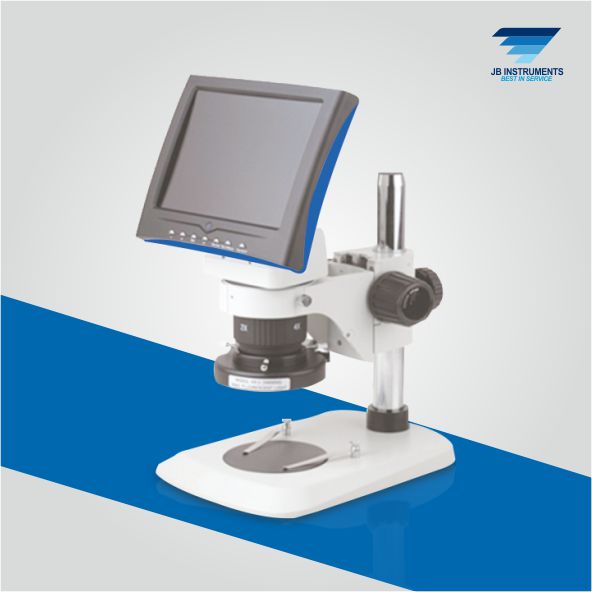
Digital microscopes have revolutionized the way we observe and analyze microscopic structures. These advanced instruments combine the power of traditional microscopy with digital imaging technology, offering numerous benefits across various fields, including research, education, and industrial applications.
Digital microscopes are equipped with high-resolution digital cameras, enabling users to capture images and videos of microscopic samples. The integration of digital imaging technology has expanded the capabilities of microscopes, allowing for real-time viewing, image recording, and digital sharing of microscopic observations. This transformation has significantly enhanced the efficiency and accuracy of microscopic analysis.
In research settings, digital microscopes play a crucial role in disciplines such as biology, materials science, and nanotechnology. Researchers can capture detailed images of cellular structures, microorganisms, and nanoscale materials, facilitating in-depth analysis and documentation of their findings. Furthermore, digital microscopes often offer advanced imaging features such as image stitching, depth of field enhancement, and 3D reconstruction, providing researchers with comprehensive tools for studying complex microscopic structures.
In educational environments, digital microscopes have become indispensable tools for teaching and learning. Their intuitive operation and digital capabilities make them ideal for engaging students in the exploration of biological specimens, geological samples, and other microscopic subjects. By connecting digital microscopes to interactive displays or computer systems, educators can enhance the learning experience by sharing live microscope feeds and captured images with students. This interactive approach fosters greater understanding and interest in the microscopic world.
Industrial and manufacturing sectors benefit significantly from digital microscopes, especially in quality control, inspection, and failure analysis. These microscopes facilitate detailed examination of components, precision engineering parts, and materials, aiding in the identification of defects, measurement of dimensions, and surface analysis. The ability to capture and store digital images enables seamless documentation and traceability, essential for maintaining quality standards and regulatory compliance.
The versatility of digital microscopes extends to fields such as forensics, art restoration, and archaeological research. By capturing high-resolution images and videos, professionals in these fields can document and analyze intricate details of artifacts, historical objects, and forensic evidence. This capability is invaluable for preserving and studying cultural heritage, as well as for forensic investigation and analysis.
When choosing a digital microscope, it is essential to consider various factors such as magnification range, image sensor quality, software capabilities, and compatibility with additional accessories. Some digital microscopes offer integrated measurement tools, image analysis software, and the ability to seamlessly connect to external devices for data transfer and analysis. Additionally, the ergonomic design, ease of use, and durability of the microscope should also be taken into account, especially in industrial and educational settings.
The integration of digital technology has not only enhanced the imaging capabilities of microscopes but has also facilitated remote collaboration and data sharing. With advancements in connectivity and software, digital microscopes enable researchers, educators, and professionals to share their findings and observations across different locations, fostering collaboration and knowledge exchange.
In conclusion, the advent of digital microscopes has transformed the landscape of microscopic observation and analysis. Their digital imaging capabilities, versatility, and user-friendly operation make them indispensable tools across various disciplines. As digital microscopy continues to evolve, driven by advancements in imaging technology and software, these instruments are poised to play an increasingly vital role in scientific research, education, and industrial applications, opening new avenues for exploration and discovery at the microscopic level.
The applications of Digital Microscope are vast from medical research to industrial quality control to educational purposes. In medical laboratories, these microscopes aid in diagnosing diseases by providing detailed images of cells or tissues. In manufacturing industries, they assist in inspecting product quality at a microscopic level. And in educational settings, they enhance students’ understanding of scientific concepts by enabling them to explore microscopic worlds first-hand.
the Digital Microscope has undoubtedly reshaped the landscape of microscopy. Its advanced features and ease-of-use make it an invaluable tool for professionals across various fields. As technology continues to evolve at an exponential rate, we can only anticipate further advancements in this fascinating field that will continue to push boundaries and unlock new possibilities for scientific discovery and innovation. it is a modern microscope equipped with digital technology to capture and display images of specimens on a computer screen or other digital devices. These microscopes combine the capabilities of traditional optical or electron microscopes with digital cameras and imaging software, allowing users to capture, store, analyze, and share high-quality images and videos of microscopic subjects. Digital microscopes find applications in various fields, from education and research to quality control and industrial inspection.

